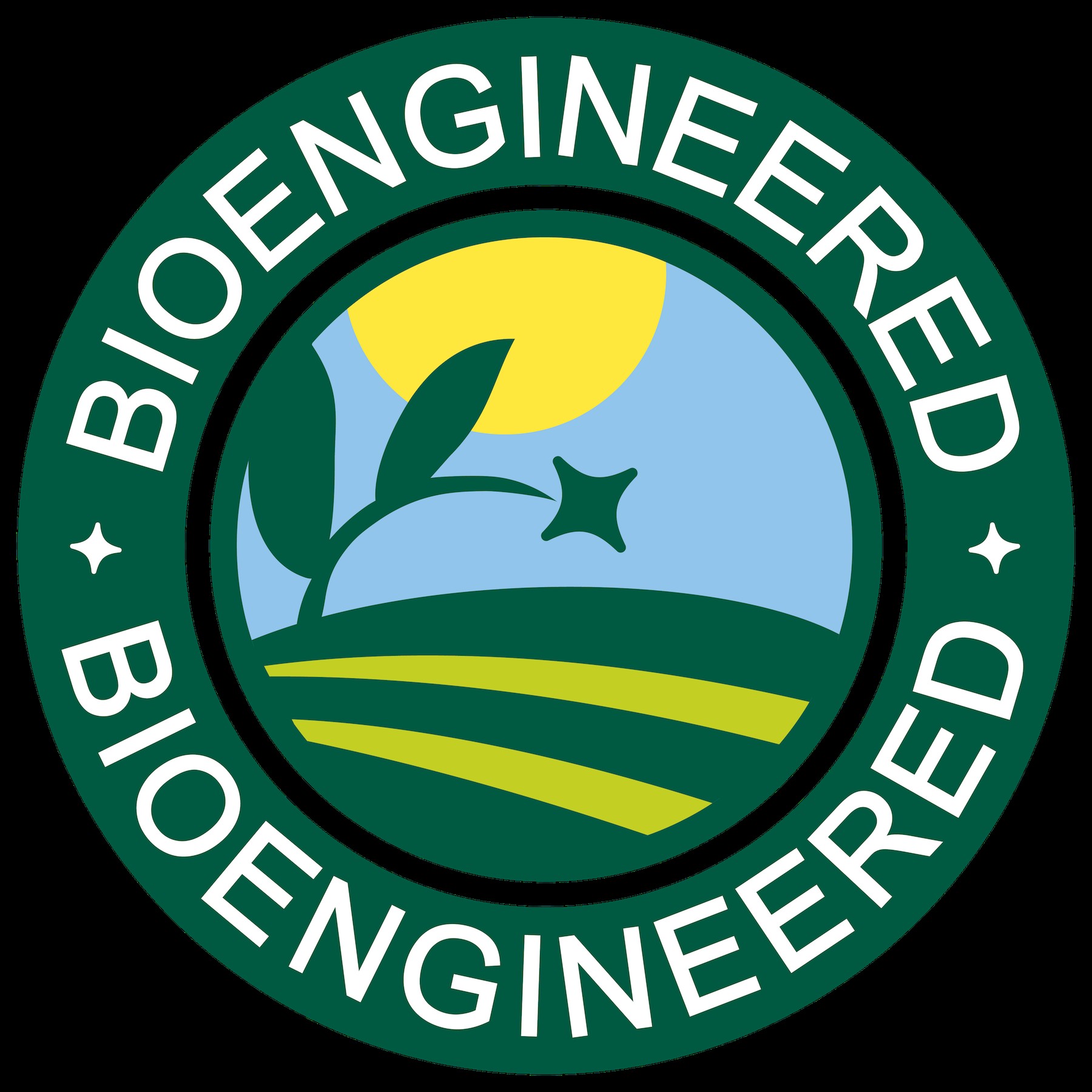The term “bioengineered food” is becoming increasingly common in grocery stores across the United States. But what does it actually mean? According to the U.S. Department of Agriculture (USDA), a bioengineered food “contains detectable genetic material that has been modified through certain lab techniques that cannot be created through conventional breeding or found in nature.” In essence, this definition is very similar to how we understand genetically modified organisms, or GMOs.
The USDA’s Bioengineered Food Disclosure Standard
As of January 1, 2022, the USDA implemented the U.S. Bioengineered Food Disclosure Standard. This standard mandates that food products containing genetically modified ingredients must be labeled as “bioengineered” or “derived from bioengineering.” The label often appears as a green seal, featuring a sun shining down on a field.
Given that over 90% of corn, soybeans, and sugar beets grown in the U.S. are genetically modified, many processed foods with ingredients like high-fructose corn syrup, beet sugar, or soy protein now require this disclosure. Furthermore, certain whole foods like specific varieties of eggplants, potatoes, and apples also fall under these labeling requirements.
Debates Surrounding Disclosure
The labeling of bioengineered foods has long been a contentious topic. Food manufacturers have historically opposed mandatory labeling, arguing it could wrongly lead consumers to believe these foods are unsafe. Numerous studies, including those by the USDA and the World Health Organization (WHO), consistently show that consuming genetically modified foods does not present health risks.
Despite these findings, many consumers advocate for clear labeling, wanting to know if their food contains genetically modified material. Prior to the federal standard, individual states like Vermont enacted strict GMO labeling laws. To avoid a patchwork of varying state regulations, food manufacturers lobbied for a federal disclosure law. The U.S. now joins over 60 countries with similar labeling requirements.
Criticisms of the New Standard
Consumer and right-to-know advocates have expressed dissatisfaction with the new federal disclosure standard. Organizations like the Center for Food Safety argue that the standard is both deceptive and discriminatory, largely due to existing loopholes and disclosure options.
One point of contention is that the standard excludes many bioengineered foods from mandatory disclosure. If the genetic material is undetectable or constitutes less than 5% of the final product, labeling is not required. This exemption can apply to highly refined products such as sugar or oil derived from bioengineered crops.
Furthermore, bioengineered foods served in restaurants, cafeterias, and even food trucks are exempt. The standard also excludes meat, poultry, and eggs, as well as products where these items are the first or second ingredient (after water, stock, or both).
Alternative Disclosure Options and Accessibility
Instead of using the green bioengineered seal, food manufacturers can opt to provide information via a phone number, text message, or QR code. Critics argue that this is discriminatory, as many Americans, particularly those over 65 and those with lower incomes, may lack access to smartphones needed to access this information.
Alternative Ways to Avoid Bioengineered Foods
For consumers aiming to avoid bioengineered foods, certified organic products are a reliable choice, as they prohibit the use of genetically modified ingredients. Another option is to look for the Non-GMO Project Verified label, which indicates third-party verification that the product meets non-GMO standards.
Ultimately, the new federal labeling standard arrived with relatively little fanfare, possibly because it doesn’t fully satisfy either side of the GMO debate. However, understanding what constitutes a bioengineered food and the regulations surrounding its labeling is crucial for informed consumer choices.
